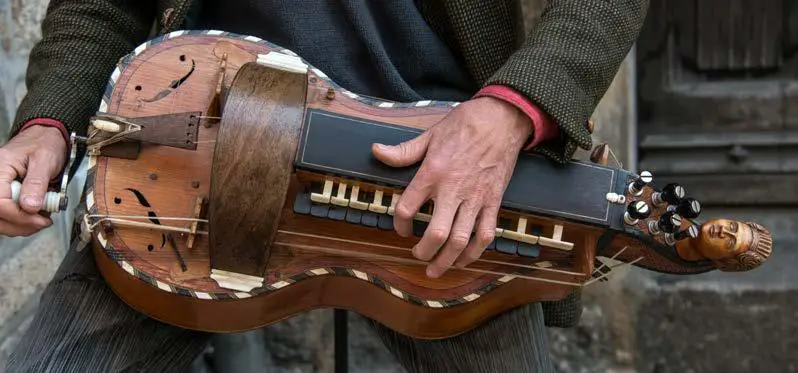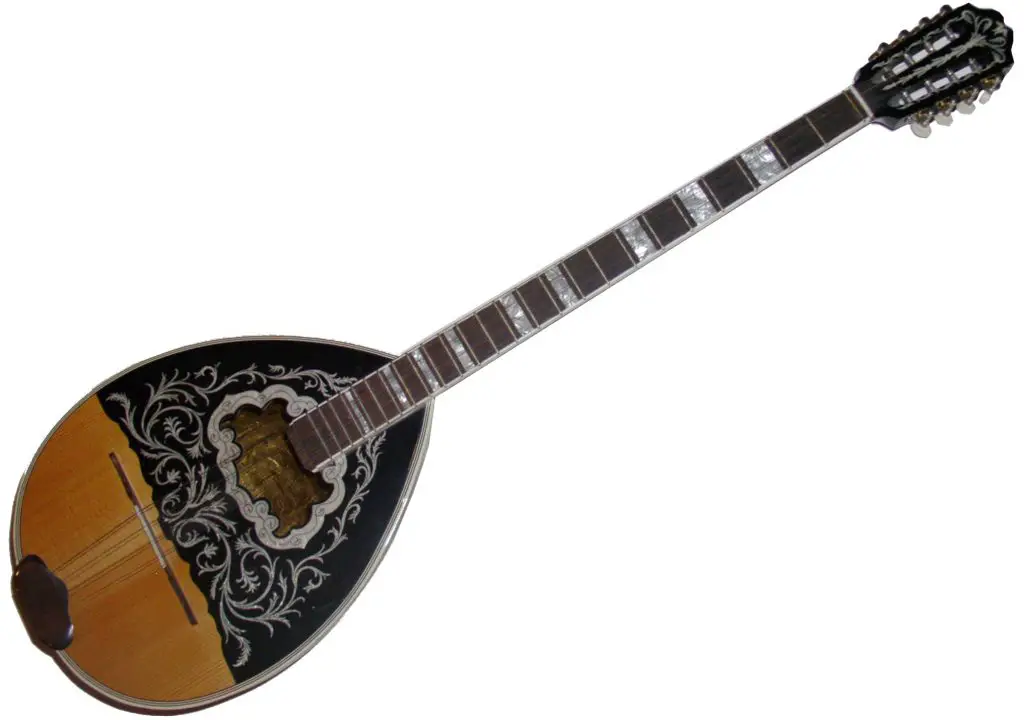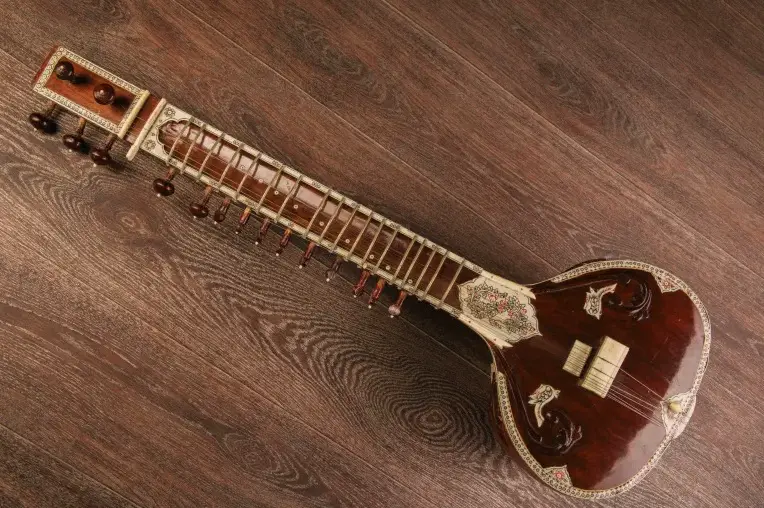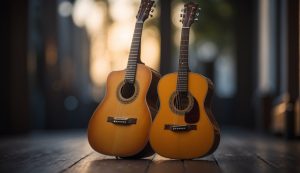Folkstrings.com is reader-supported. When you buy through links on our site, we may earn a small commission.
There is something innately appealing about learning to play an unusual instrument. Maybe it’s the challenge of mastering something new, or the unique sound the instrument produces. Whatever the reason, here we have put together a list of eleven great unusual instruments to learn.
With folk instruments from all over the world, there are always some that take you out of your comfort zone, but still sound nice. By thinking about folk music instruments, most people think about violins, guitars, and similar Western instruments. That’s not true.
You never know, one of these eleven unusual folk music instruments from all over the world might inspire you!
Table of Contents
- 1. Whistle
- 2. Jew’s harp
- 3. Suling Flute
- 4. Langeleik
- 5. The Hurdy-Gurdy
- 6. The Theremin
- 7. The Bouzouki
- 8. The Steelpan
- 9. Sitar
- 10. Nyckelharpa
- 11. Bagpipes
1. Whistle
Whistles are easy to learn, inexpensive and available nearly everywhere. This is one of the reasons why almost every culture has its own type of whistle. There are many types of whistles used all over the world, but people in Europe use them mostly for their fun factor. They are often played at sporting events or as a part of carnivals.
2. Jew’s harp
The Jew’s harp is believed to have originated in Asia, and it has many different names in different countries.
This instrument is made of metal, and the player holds it against their teeth and plucks the metal frame with their fingers. The sound that it produces is very unique.
3. Suling Flute
This type of flute comes from Indonesia is traditionally made out of bamboo or bone and it sounds absolutely beautiful!
The actual instrument has six holes that are covered with wax, the player then blows into the end to produce different sounds. It’s an easy instrument to learn because of its low amount of holes.
4. Langeleik
This unusual instrument is a type of zither that is played with a bow. It has up to 8 strings produces a very sweet sound and is often used in folk music from the Scandinavian region of the world.
5. The Hurdy-Gurdy

The hurdy-gurdy is a stringed instrument that produces sound when the strings are spun. It is also often played with a bow. The sound of the hurdy-gurdy is usually much louder than other string instruments. It was invented in Europe sometime in the Middle Ages, but its origin is unknown.
6. The Theremin
The theremin is an electronic instrument that is played without ever touching it! It is one of the oldest electronic instruments and was invented in Russia in 1920. The theremin has two antennas; one controls the pitch of the note and the other controls the volume. This instrument creates an otherworldly sound and is perfect for spooky music videos or Halloween parties.
7. The Bouzouki

The bouzouki is a stringed instrument from Greece that has a very distinctive sound. It is often used in traditional Greek music, but it has also been adapted to other styles of music. The bouzouki has three courses (or sets) of strings and is typically played with a pick.
8. The Steelpan
This unusual percussion instrument is made out of steel drums that are tuned to different notes. They originated in Trinidad and Tobago and have been used in a variety of music styles from the Caribbean, such as soca and calypso.
9. Sitar

The sitar is a popular instrument in Indian classical music, and it has been around for centuries. The sitar is made out of wood and has a long neck, and the strings are plucked with the fingers. The sound that it produces is quite unique and often described as “ethereal”.
10. Nyckelharpa
The nyckelharpa is a Swedish instrument that looks like a fiddle, but it has keys on the side of the neck which allow the player to play chords. The strings are plucked with a bow, and the sound that it produces is quite haunting.
11. Bagpipes

The bagpipes are an ancient instrument that has been around for thousands of years. The most famous type comes from Scotland, mostly due to the popularity of Irish and Scottish folk music. Many different types of bagpipes have been developed in Europe over time, with each one playing its own unique tune. The bagpipes are definitely an aquried taste, and your neighbours might hate you for playing this one!
Author Profile
-
Daniel Johnstone is an English writer with a love for stringed instruments from around the world.
He shares his love for these instruments through his writing for folkstrings.com, a website dedicated to all things related to folk string music.
Daniel's passion for music started at a young age, and he has since become an accomplished musician, playing guitar, cavaco, and recently, the harp.
His dedication to learning and sharing his knowledge of stringed instruments is evident in his insightful and engaging blog posts. Whether you're a seasoned musician or a beginner, Daniel's writing is sure to inspire and entertain you.
When he's not playing music or writing, you can find Daniel exploring new instruments and seeking out new sounds to share with his readers.
Latest entries
 AutoharpApril 4, 2024Is Autoharp Easy to Play? Unveiling the Truth for Beginners
AutoharpApril 4, 2024Is Autoharp Easy to Play? Unveiling the Truth for Beginners AutoharpApril 4, 2024What Is an Autoharp Worth? Your Guide to Pricing and Value
AutoharpApril 4, 2024What Is an Autoharp Worth? Your Guide to Pricing and Value AutoharpApril 4, 2024Where Is the Best Place to Buy an Autoharp? Your Top Picks Reviewed
AutoharpApril 4, 2024Where Is the Best Place to Buy an Autoharp? Your Top Picks Reviewed AutoharpApril 4, 2024How Does the Autoharp Work? – Unveiling Its Melodic Secrets
AutoharpApril 4, 2024How Does the Autoharp Work? – Unveiling Its Melodic Secrets

